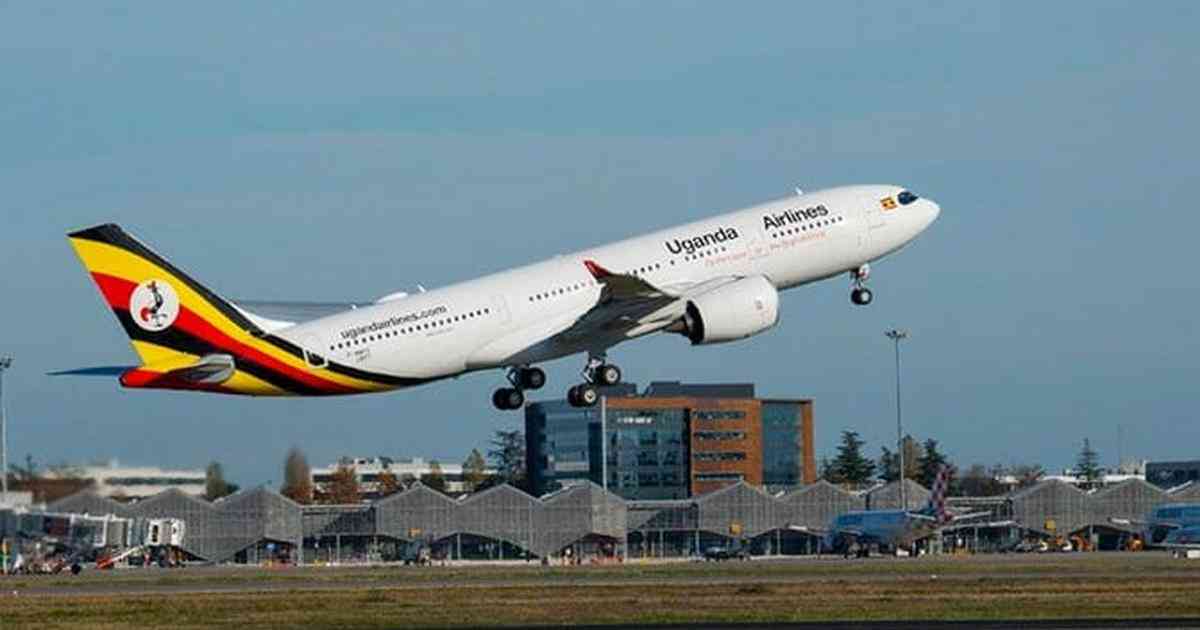
UGANDA Airlines will start plying the Harare route in September this year, as it joins a list of airlines trooping back into Zimbabwe after an era of the COVID-19 pandemic, which crippled the sector.
The airline will also start servicing Lusaka and Abuja routes, according to its website.
Tonderai Mangombe, public relations and communications manager at Airports Company of Zimbabwe (ACZ), told NewsDay Business that the entry of the new airline would boost passenger traffic into the country.
“The Airports Company of Zimbabwe will benefit from increased passenger traffic, leading to revenue growth that will further enhance and develop airport services, thereby continuously improving our offerings,” he told this publication.
“Uganda Airlines’ extensive network will provide Zimbabwean travellers with access to various destinations within Uganda and beyond, opening new avenues for exploration, business opportunities and cultural exchange. This will enhance connectivity and stimulate travel.”
Mangombe said the introduction of Uganda Airlines aligned with the recent expansion of the Robert Gabriel Mugabe (RGM) International Airport, which had initiated an intensive route development drive aimed at achieving optimal capacity utilisation.
According to ACZ, the new route will strengthen regional integration within the East African Community and the Southern African Development Community, fostering closer ties and promoting regional stability and economic growth.
Mangombe said hosting international airlines boosted the chances of the destination attracting more airlines.
- Airports Company strikes mega hotel deal
- RGM Airport ‘now a human trafficking hub’
- Airports Company strikes mega hotel deal
- RGM Airport ‘now a human trafficking hub’
Keep Reading
“Hosting a new international airline enhances the reputation of Zimbabwean airports, attracting more airlines and increasing the country's connectivity,” he noted.
“I would like to reiterate that our airports are fully prepared to facilitate and handle new airlines, in line with ACZ’s mission of optimising the customer’s travel experience through sustainable development and management of quality airports.
Government injected about US$153 million into the rehabilitation of RGM International Airport, the third such undertaking following similar projects at Joshua Mqabuko Nkomo International Airport in Bulawayo and the Victoria Falls International Airport.
Before current projects got underway, Zimbabwe expanded the Victoria Falls Airport at a cost of US$150 million in 2016, extending its capacity to 1,5 million passengers per year from about 500 000.
In 2022, airport officials disclosed that the expansion projects of the country’s airports would boost passenger handling capacity to 9,2 million annually, from 5,5 million currently.
This expanded handling capacity will give impetus to Zimbabwe’s efforts to rebuild its tourism industry, which suffered the hardest knocks when COVID-19 pandemic curbs paralysed global economies in 2020 and 2021.
However, bigger airports will also be crucial in facilitating regional trade as the African Continental Free Trade Area gains momentum, unlocking opportunities into a US$3,4 trillion regional market.
Official figures predicted that the number of international and local airlines servicing Zimbabwean destinations will rise by 80% compared to 2019, when the carriers moved 1,5 million people.
This represents growth of almost three million passengers this year, a huge positive trajectory for an industry that was battered by pandemic prohibitions at the height of the COVID-19 scourge between 2020 and 2021.
Airlines carried 430 000 and 740 000, respectively, during the two years, according to official data.






